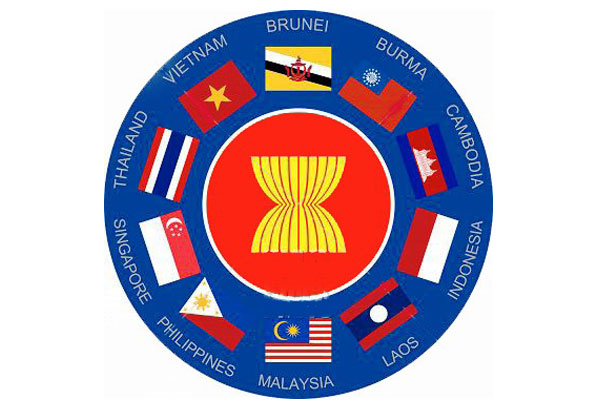Structural reforms will open new opportunities for small and medium enterprises (SMEs) to avail themselves of the benefits of economic integration.
This was underscored by NEDA deputy director general Emmanuel Esguerra during the APEC Economic Committee meeting held last month in Boracay.
Esguerra referred to structural policies that promote efficient resource allocation and greater competition which will lead to improved productivity, higher standards of living, and more opportunities for sustainable growth.
“With the gradual reduction in tariffs and other at-the-border barriers in the Asia-Pacific region, behind-the border barriers or structural policy impediments, have become the more important obstacle to economic integration,” said Esguerra.
Barriers may include poor infrastructure, unclear property rights, complex licensing procedures, weak enforcement of contracts, excessive regulation of some industries, or an inadequate legal framework for competition, he added.
The lifting of behind-the-border barriers will enable firms to enter previously-protected markets, reduce the cost of doing business, and give them the opportunity to invest more. “This will allow even small and medium enterprises to expand their markets and eventually reduce prices of goods and services for consumers.”
In another meeting this September, APEC economic ministers will appraise how each country has progressed in the implementation of the APEC New Strategy for Structural Reform (ANSSR).
ANSSR was endorsed by the APEC Leaders in 2010 to promote balanced and sustainable growth across the region.

